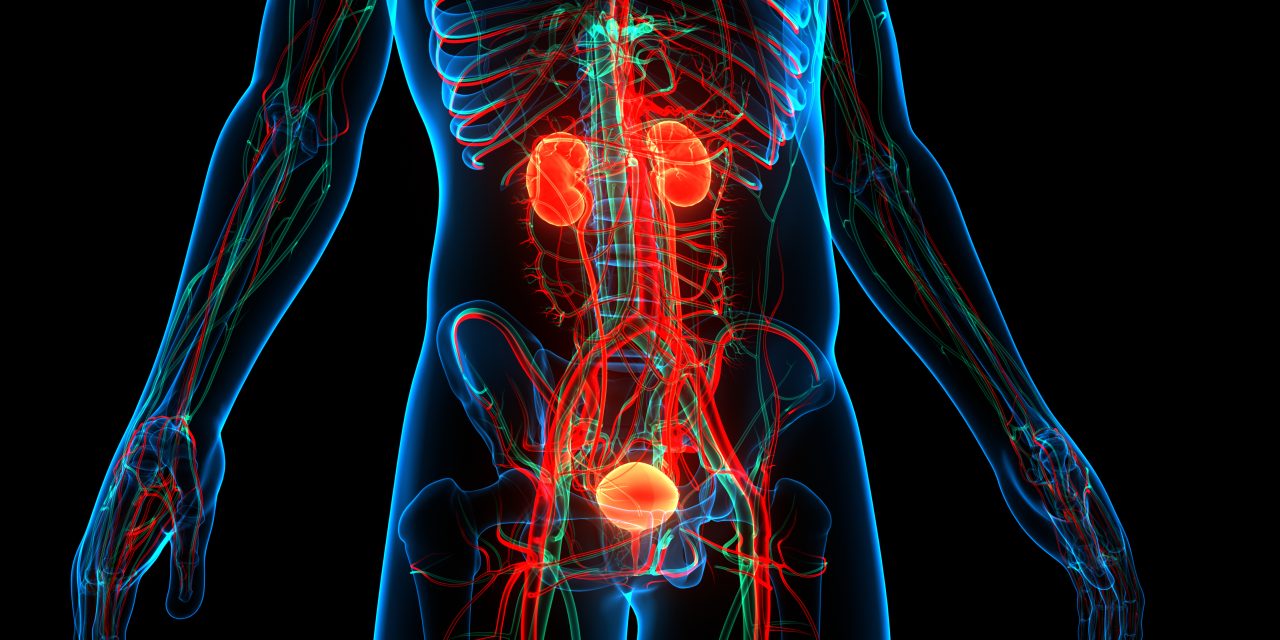The current review explores the Enhanced Rehabilitation in Surgery (ERS) approach in the specific context of gynecological surgery. Implementation of an ERS protocol in gynecological surgery reduces postoperative complications and length of stay without increasing morbidity. An ERS approach is based on maintaining an adequate diet and hydration before the operation, according to the recommended time frame, to reduce the phenomenon of insulin resistance, and to optimize patient comfort. On the other hand, the use of anxiolytic treatment as premedication is not recommended. Systematic preoperative digestive preparation, a source of patient discomfort, is not associated with an improvement in the postoperative functional outcome or with a reduction in the rate of complications. A minimally invasive surgical approach is preferrable in the context of ERS. Prevention of surgical site infection includes measures such as optimized antibiotic prophylaxis, skin disinfection with alcoholic chlorhexidine, reduction in the use of drainage of the surgical site, and prevention of hypothermia. Early removal of the bladder catheter is associated with a reduction in the risk of urinary tract infection and a reduction in the length of hospital stay. Prevention of postoperative ileus is based on early refeeding, and prevention of postoperative nausea-vomiting in a multimodal strategy to be initiated during the intraoperative period. Intraoperative hydration should be aimed at achieving euvolemia. Pain control is based on a multimodal strategy to spare morphine use and may include locoregional analgesia. Medicines should be administered orally during the postoperative period to hasten the resumption of the patient’s autonomy. The prevention of thromboembolic risk is based on a strategy combining drug prophylaxis, when indicated, and mechanical restraint, as well as early mobilization. However, the eclectic nature of the implementation of these measures as reported in the literature renders their interpretation difficult. Furthermore, beyond the application of one of these measures in isolation, the best benefit on the postoperative outcome is achieved by a combination of measures which then constitutes a global strategy allowing the objectives of the ERS to be met.Copyright © 2022. Published by Elsevier Masson SAS.
Perioperative parameters to consider for enhanced recovery in surgery (ERS) in gynecology (excluding breast surgery).


